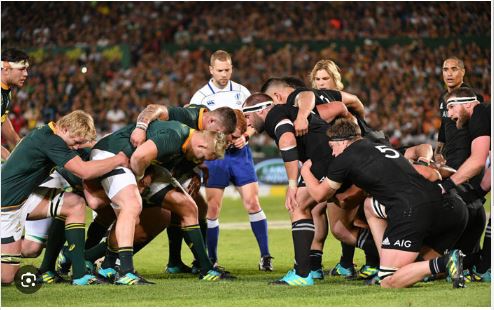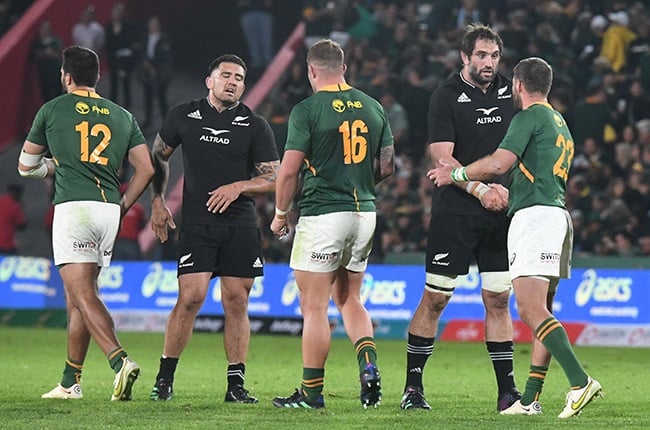
If it were a brawl, this semi-final match between England and South Africa was far from the refined contest one might expect. Unlike the multifaceted showdowns like Ireland vs. New Zealand or Les Bleus against the Springboks from just a week prior, this match was more of a back-alley fight. England focused on set-pieces, mauls, and high balls, making rugby purists uncomfortable. The game had less than 32 minutes of actual play, with frequent stoppages and a plethora of kicks, both open-field and tactical.
In this clash, both teams had similar strengths that neutralized each other, reducing the game to a few crucial areas. Creativity and open-field moves were scarce, with the match boiling down to raw power and meticulous trench warfare. It was reminiscent of old-school Leicester Tigers’ style.
England dominated tactically for the majority of the game, especially in the kicking game, mauls, and scrums. Springbok captain Siya Kolisi acknowledged England’s superiority in the kicking game and their discipline issues in the first half. However, he praised his team’s comeback in the second half.

England’s excellence extended beyond kicking. They controlled the maul and performed well in the scrum, especially with their starting front rows. Up to the 53rd minute, England was ahead on the scoreboard, having won eight out of 10 contestable kicks, causing no turnovers from South African kicks, and taking three lineout throws from the Springboks.
England’s kicking game remained strong until just after the hour mark, with them reclaiming 10 out of 12 of their high kicks. However, the introduction of Ox Nche in the 53rd minute changed the dynamics at scrum-time, as previously predicted. There was also a shift in momentum during mauls, where England followed a strategy similar to the All Blacks but executed it with better timing and cohesion.
England’s approach involved blocking Steven Kitshoff under the receiver, Eben Etzebeth, with their tighthead prop, Dan Cole, and second row George Martin. Unlike the All Blacks, they refrained from making contact or creeping up the side prematurely. This tactic paid off with England gaining turnovers.
The outcome was similar less than a minute later. The combined efforts of Cole and Martin removed Kitshoff from the play, allowing Maro Itoje to penetrate the maul. South Africa eventually found a solution to their lineout drive issues, leading to the only try of the game.
Leave a Reply